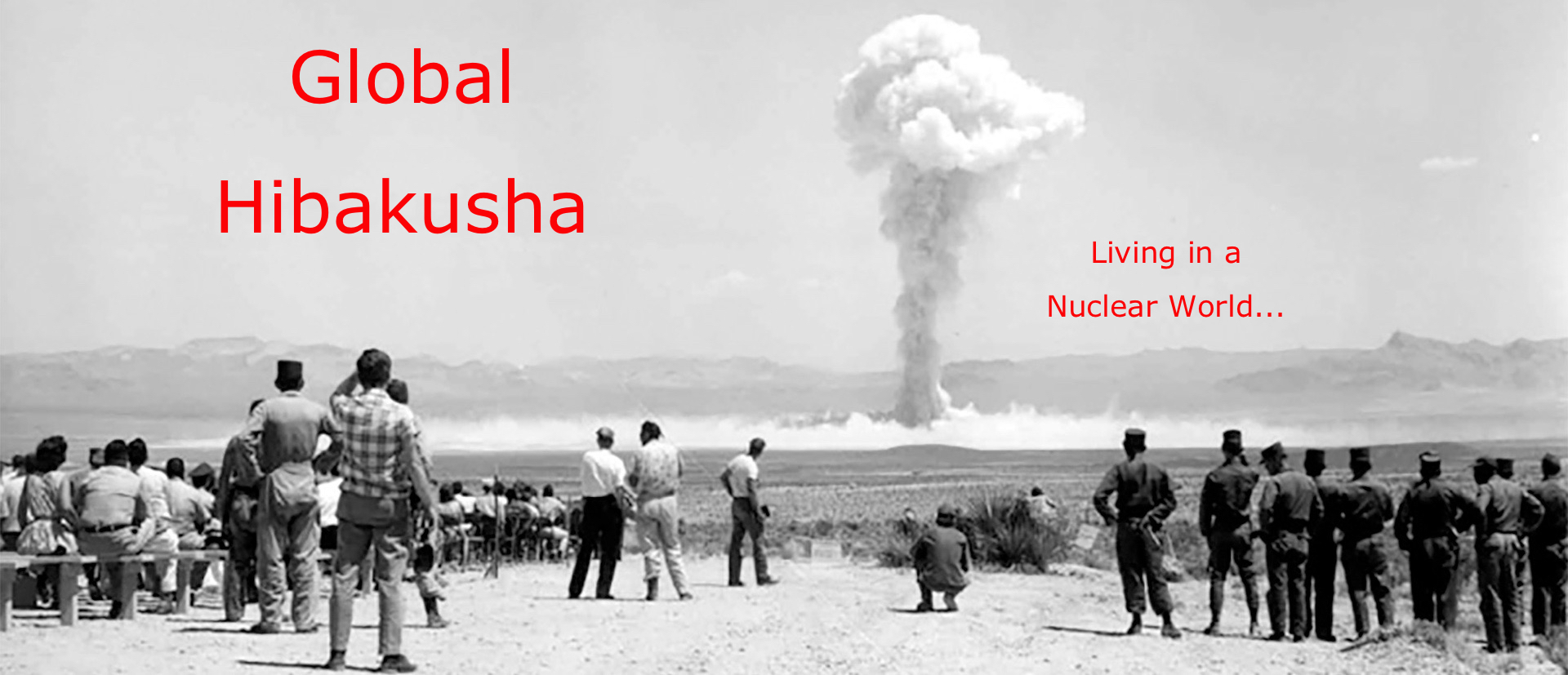I will be presenting a lecture on Zoom to the Atomic Photographers Guild on Wednesday June 11 at 18:00 PDT. The topic will be thermonuclear weapon testing in the Pacific during the Cold War, and how three nations, ironically the three NATO nuclear weapon states, exclusively tested their hydrogen bombs in the Pacific because they designated it as an "empty" space, but more specifically, to keep the harm of exposure to radioactive fallout from their own citizens. All are welcome. Please register

